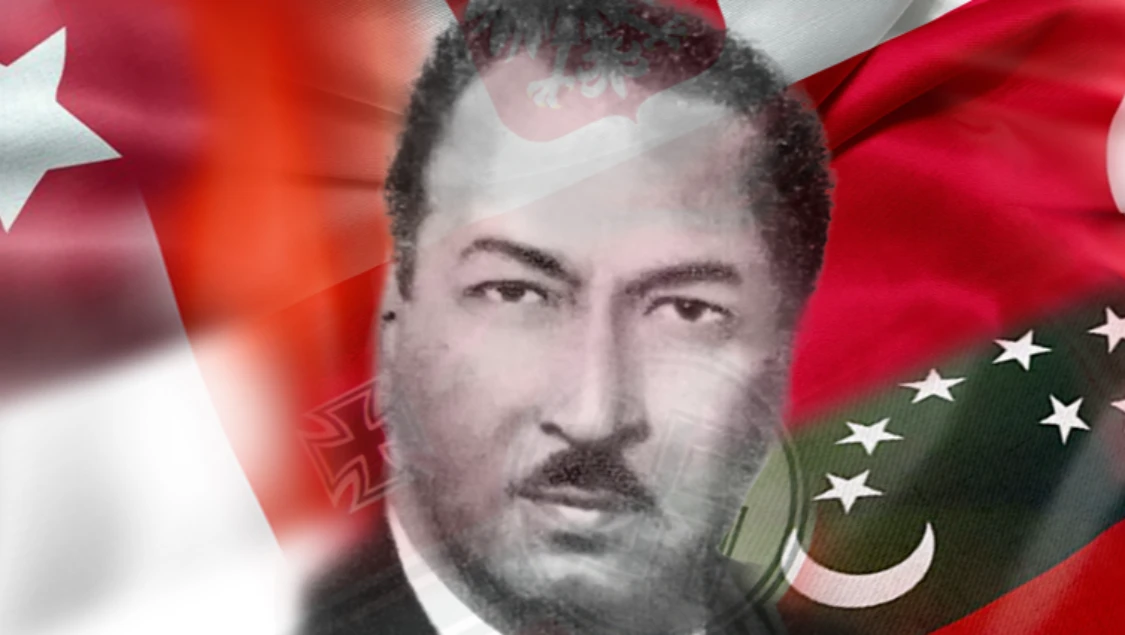 Introduction
IntroductionI have already studied Said Shamil’s influence on the North Caucasian émigré movement during the revolutionary and interwar periods within the possible limits of the content of my book titled "Caucasian Mountaineers in the Grip of the Great Powers" in 2022. I also published an article on the same issue in a scientific magazine in Turkey in 2022. However, due to the limited space allocated in the magazine, it was not possible to convey many details to the reader on the subject. In another article published in the English language in Russia in 2022, I published a more detailed scientific article on the subject. Although a lot much more space was allocated in the journal compared to other articles, it was still not possible to convey detailed information at the level I desired. It seems I will not be able to publish the documents about Said Shamil into a book in the short term, as I have recently been working on the Haydar Bammat archive in IRCICA. So, I have decided to publish a more detailed work about Said Shamil’s influence on the North Caucasian émigré movement without limiting ourselves to the restricted page capacity of magazines.
Following the publications in 2022, I received different reactions on the subject from various circles. While some friends were pleased that the wrongs that they knew were true for years were revealed, some friends were very disturbed by the fact that their memory was broken. Some friends expressed their dissatisfaction as they thought that every truth should not be disclosed. Some people, whom I cannot call friends and who perceived the information contained in the documents as a direct attack against the Imam’s grandson, overtly threatened me. Of course, it is out of the question for me to be a tool for concealing the truth just because some people are going to be disturbed by it.
To understand Said Shamil, I think it would be conducive to first focus on the details of his identity that are not well known till now. He was officially known as Mehmed Said Shamil. He is the son of Muhammed Kamil, the youngest son of Imam Shamil, the legendary Avar leader of the Russo-Caucasian Wars. Despite Said Shamil’s Turkish citizenship, it’s incredibly strange that there has been no single archival document exists about him in the researchable state archives of the Republic of Turkey until a few months ago. What has been known about him was all based on oral histography and subjective narratives and the general opinion about him was that he was a great patriot and a hero.
Since my focus will be on Said Shamil’s influence on the events of the revolutionary and interwar years, I did not concentrate much on his genealogical story. Thus, his childhood period is not analyzed deeply in this work. As new archival sources became available at the French, Polish, and Russian archives as of the second decade of the 2000s, it became possible to have a better opinion of the activities of Said Shamil during the years of the Bolshevik invasion of the Caucasus and the interwar period of the world.
Said Shamil was born from Muhammed Kamil Pasha’s marriage to Nebiha Hanum. Some historians claim that it is highly probable that his mother was originally a Dagestani, while others claim that she was a Circassian. However, there has been no evidence confirming these claims with credible sources. In a letter communication between Said Shamil’s uncles, Gazi Muhammed, and Muhammed Shafi, it had been stated Muhammed Kamil was going to marry the 13-year-old daughter of a teacher named Muhammed Said Efendi living in Medina.[1] So, the only credible information about his mother is that she was the daughter of a teacher from Medina which makes all statements claiming Nebiha Hanum’s ethnicity as Circassian or Dagestani hypothetical.
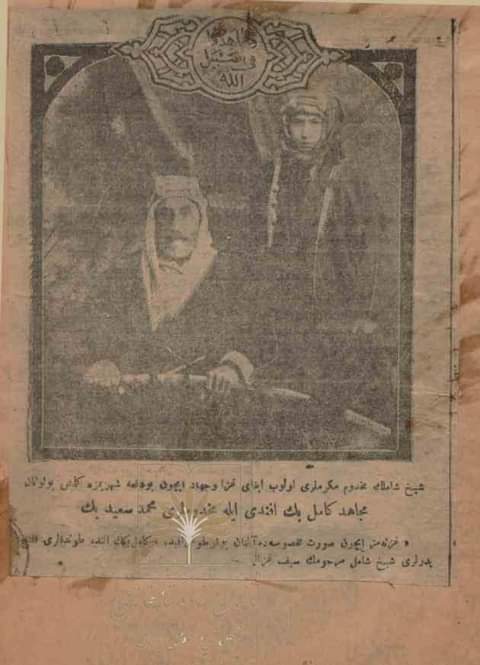
which appeared in a local newspaper in the early 1910s.
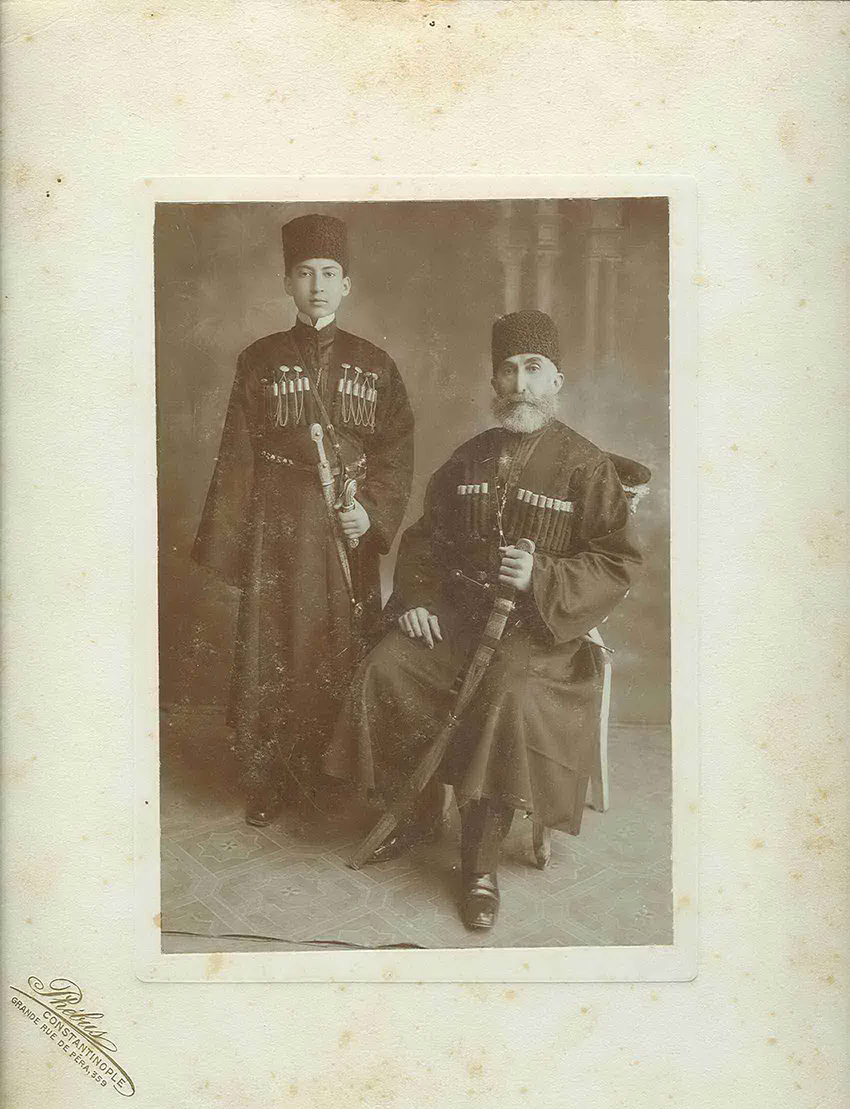
After spending his childhood in the Arab lands Said Shamil came to Istanbul to have a better education. Although he claims in his own statements that he had his education at Galatasaray High School (Mekteb-i Sultani), this information could not be verified by the records of Galatasaray High School.
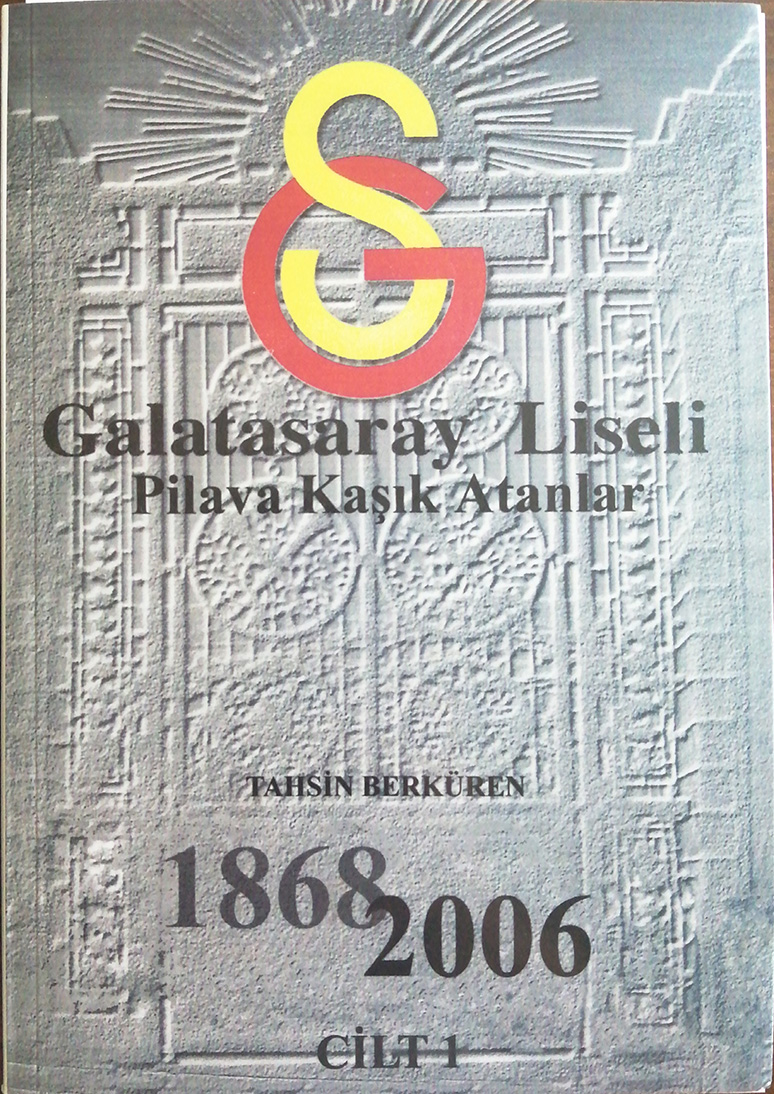
It was quite remarkable that 17-year-old Said Shamil was among the many experienced politicians and statesmen in the photograph taken with the members of the ÇİTC, in memory of the members of the North Caucasian Government’s visit to Istanbul in May 1918.
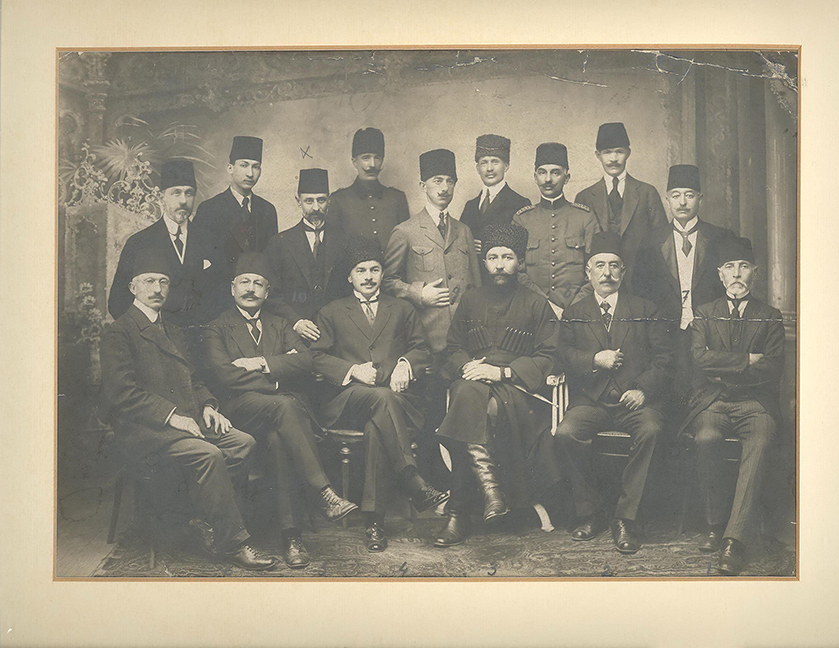
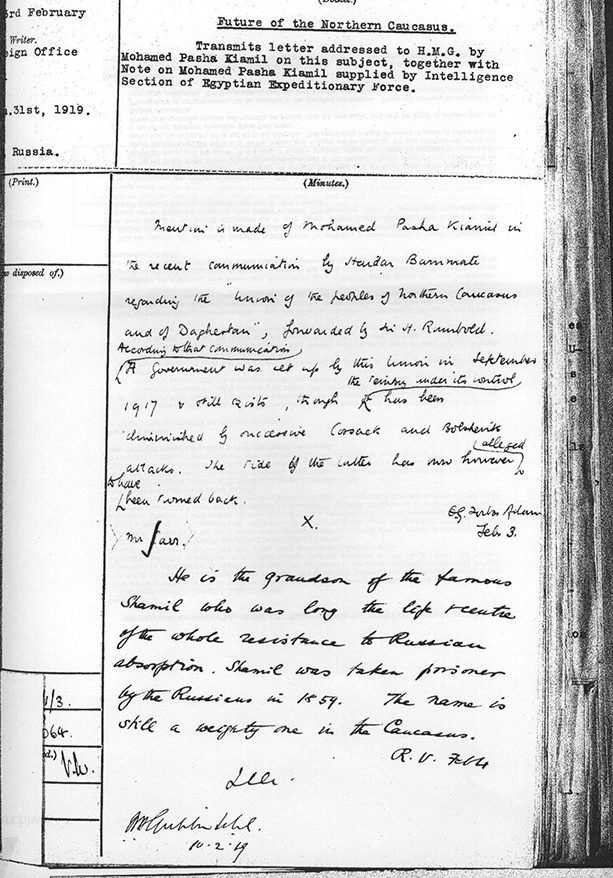
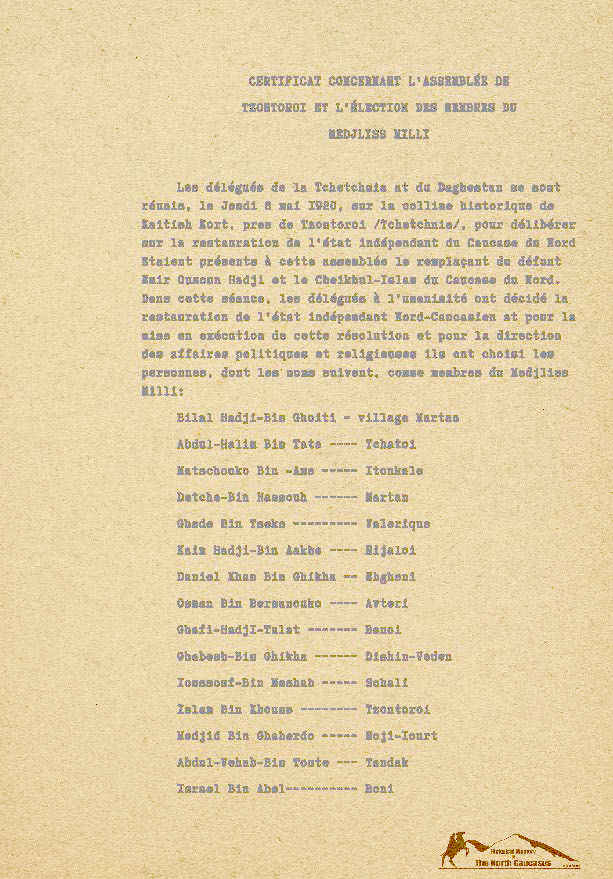
the Medjliss Milli of The Highlanders of The North Caucasus
the North Caucasus in Tbilisi and Said Shamil
Said Shamil, who arrived in Tbilisi in June 1920 and stayed there for three months, could reach Dagestan only by September due to the dangerous environment on the way to the north. It is not possible to give any specific example where Said Shamil commanded a considerable military operation and gained any success in the conflicts between the mountain resistance and the Bolshevik forces during his seven months stay in the mountains of Dagestan and Chechnya. There is also no single statement supporting Said Shamil’s direct interference in the military confrontations in the Bolshevik figures’ works such as Samurski Efendiyev, Todorski, Taho-Godi, and Kashkaev, who conveyed the events of the period in detail, albeit from a Bolshevik point of view. Therefore, it can be assumed that the function of Said Shamil at this last point of resistance was limited to moral and motivational support deriving from the name of his grandfather. Following the victory of the Red Armies in the entire Caucasus in February 1921, Said Shamil was obliged to return to Asia Minor after staying some time with Najmudin from Gotsatl (Gotsinki).
At the time when Said Shamil was back in the Entente-occupied Asia Minor, there was a civil war between the supporters of the Ottoman dynasty and the so-called nationalist groups that formed an alternative government in Ankara. In addition, the hatred towards the Entente and support promises of the Soviets’ caused a rapid spread of sympathy for Bolshevism in the entire Asia Minor. Similar to the other representatives of the Government of the former Republic of the North Caucasus who has been seeking refuge in Asia Minor, the political climate in Asia Minor was making life more difficult also for Said Shamil as well, who was now declared as «hostile» by the Soviets.
Bolshevik highlander Najmudin Samurski Efendiev and the prominent communist leader Sergo Orjonikidze met Kazim Karabekir Pasha on the border of Alexandropol (today Gyumri) in mid-May 1921 and requested him to extradite Said Shamil to them, who was known to have fled to Turkey. Kazim Karabekir Pasha, on the other hand, stated that Said Shamil was wanted in Turkey as an Entente agent, and assured his Bolshevik interlocutors that he would be punished as soon as he was caught6. It is not clear yet if any prosecution or action was taken against Said Shamil in Turkey. It seems his case was most likely covered up by Said Shamil’s cousin, Shaply Mehmed Shamil, the eldest son of Osman Ferit Pasha from his marriage to Gazi Muhammed’s daughter Nafiset Shamil.
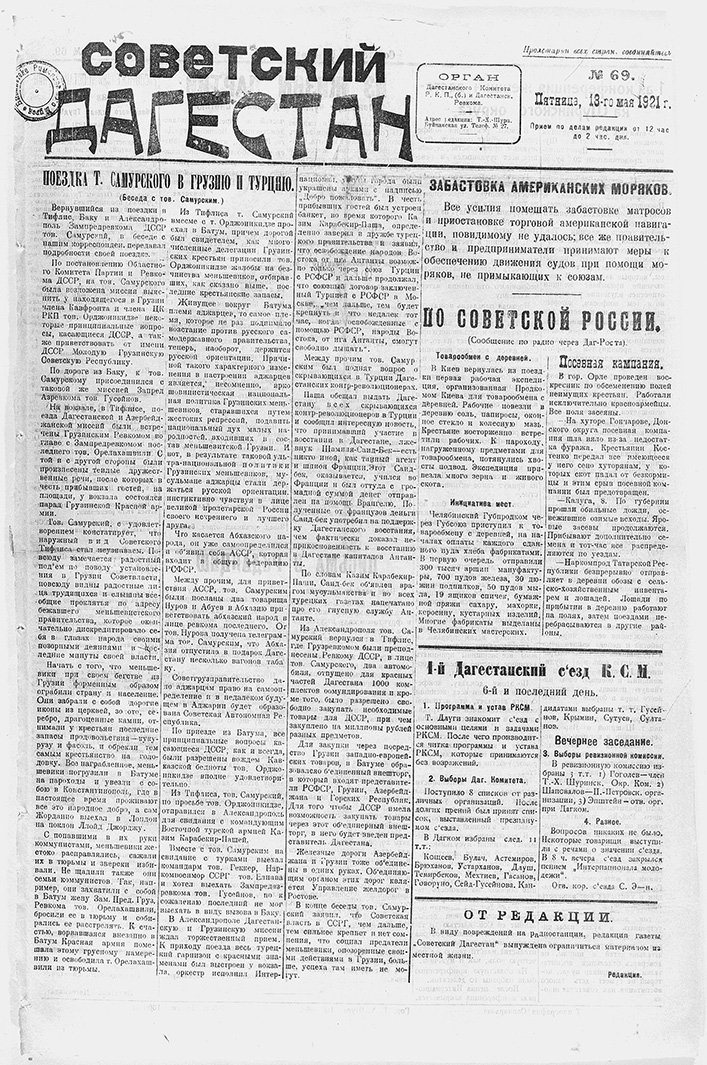
Cem KUMUK
Istanbul, 13 August 2023
To be Continued…
Next week; Said Shamil’s early affiliation with the political immigration of the North Caucasus
[1] Magomed A. Gamzaev, Shamil Imamasul Limalazul Kaghtal. Makhachkala, 2017. P. 157. (Click for access to the e-copy of the book)
[2] Hizal A.H. Kuzey Kafkasya Hürriyet ve İstiklal Davası. Ankara, 1961. S. 81–82. (Click for access to the e-copy of the book)
